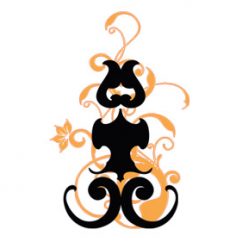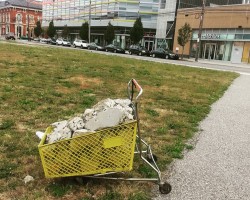
I’m addicted to shoe shopping.
The shoes in my wardrobe fall into two categories: the Beautiful and the Comfortable. The Beautiful ones stand around gathering dust. The comfortable ones only exit my life due to structural collapse.
This is the case because I have Problem Feet. They are long, flat, strangely shaped (the technical term is ‘accessory navicular’), and they usually hurt.
So I have an ongoing fantasy that the Right Pair Of Shoes will make my feet 1) smaller, 2) beautiful, and 3) pain-free.
This week I was forced to acknowledge that my best pair of work shoes, the ones I was likely wearing last time you came for a massage, were no longer viable. Life came to a crashing halt while I found another pair of work shoes, with arch support, stability and flexibility.
Because EVERYTHING depends on your foundation. Your feet affect your ankles, which affect your knees, which affect your hips and back and neck. If you’re walking around in ridiculous shoes, your life eventually collapses.
So make sure your shoes are good for you. Ideally you want arch support which isn’t rigid, so that the articulations between bones stay mobile. High heels, although beautiful, throw your back out of alignment and cause bunions. Flip-flops–well, grinding your bones directly into concrete all day–I won’t lecture you any more.
If you have foot issues as serious as mine, check out Footsmart.com. Not only do they sell comfortable walking shoes for all kinds of conditions, they have devices that help with plantar fasciitis, custom orthotics, gel inserts, and all kind of nifty bracing things.
This message brought to you thanks to the Equinox Wardrobe Cleanse.










